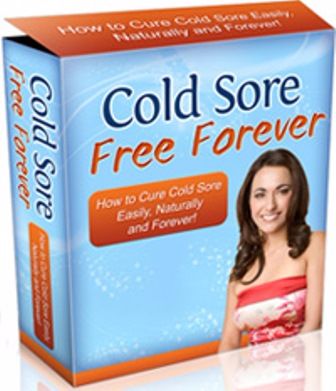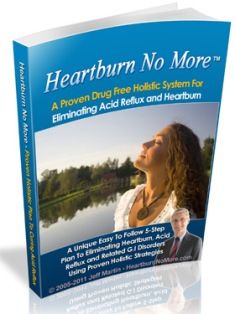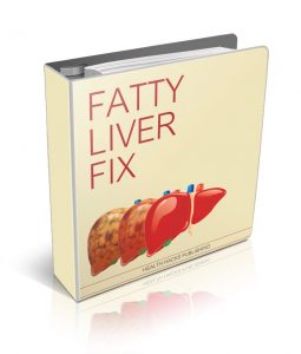How to get rid of herpes once and for all? What method of treatment of this disease is the most effective at home? The answer to these and other questions can be found in the guide by Derek Shepton. Commonly referred to as herpes small painful blisters on the lips and face are appearing from colds. But in fact, it has many more varieties.
The cause of herpes is a highly contagious virus that is transmitted from a sick person to a healthy one. Scientists distinguish 8 types of herpes viruses, of which the “cold” on the lips can cause two: the herpes virus type 1 (usually) and type 2 (rarely).
The hallmark of herpes viruses is the ability to find the hidden within cells until such time as the decrease of immunity not allow herpes move to the next stage of the disease at which it begins to multiply. Herpes viruses are extremely widespread in nature and in people. This is mainly because it’s highly contagious and easy to transmit the virus.
At room temperature, the virus can remain active until the day. Infection occurs by contact with the virus particles to the mucous membranes (mouth, nose, eyes, and genitals) away from the patient. Children have enough contact with intact skin. Penetrating into the body, the nerve endings of the virus migrates to the nerve cells (neurons) where conditions are favorable to the hides. As soon as the immune protection is reduced, it begins to multiply and causes the characteristic symptoms for herpes.
Patients with cold sore should avoid peanuts, chocolate, raisins, beer. But it’s healthy and good to eat dairy products, meat, eggs, fish, beans, boiled potatoes. Eat as many fruits and vegetables as possible. Drink 1-1.5 liters of fluid a day. Avoid fatty foods. Reduce the amount of sugar, caffeine and sugary fizzy drinks. Reduce the amount of salt and wheat bread. For a more complete study of the treatment of herpes at home, be sure to download Derek’s guide. Stay healthy, my friends!





